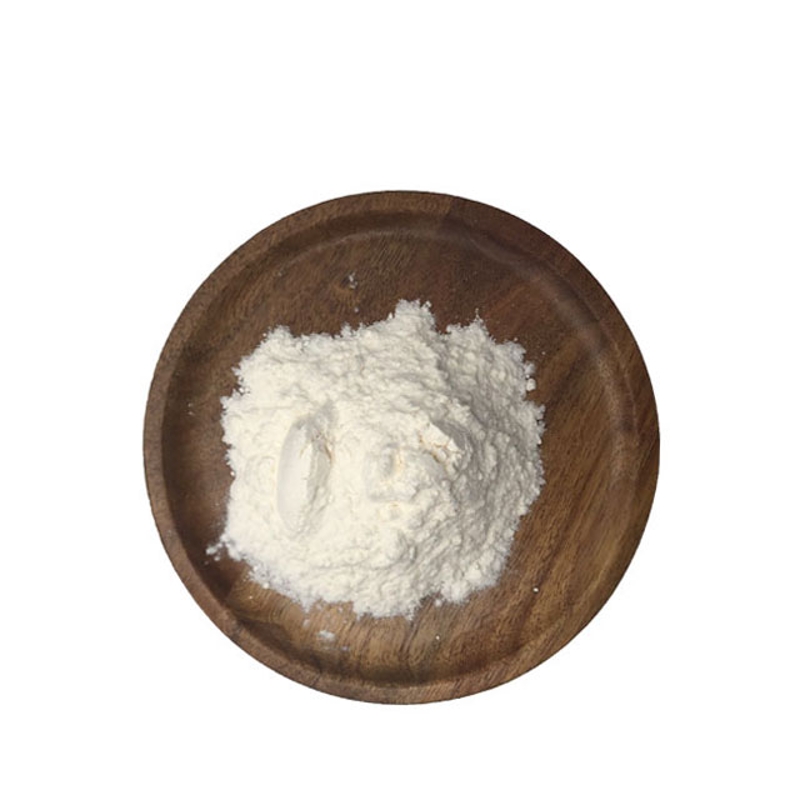-
Categories
-
Pharmaceutical Intermediates
-
Active Pharmaceutical Ingredients
-
Food Additives
- Industrial Coatings
- Agrochemicals
- Dyes and Pigments
- Surfactant
- Flavors and Fragrances
- Chemical Reagents
- Catalyst and Auxiliary
- Natural Products
- Inorganic Chemistry
-
Organic Chemistry
-
Biochemical Engineering
- Analytical Chemistry
- Cosmetic Ingredient
-
Pharmaceutical Intermediates
Promotion
ECHEMI Mall
Wholesale
Weekly Price
Exhibition
News
-
Trade Service
Oral squamous cell carcinoma is the eighth most common cancer in the world, mostly occurring in the front 2/3 of the tongue
.
Oral tongue squamous cell carcinoma (OTSCC) developed due to the presence of the lymphatic vascular system and the lack of a strong barrier to tumor propagation, and therefore the prognosis is poor
Oral squamous cell carcinoma is the eighth most common cancer in the world, mostly occurring in the front 2/3 of the tongue
The depth of invasion (DOI) is defined as the distance from the mucosal surface or basement membrane to the deepest level of invasion, which is essential for clinically obtaining a sufficiently deep cancer-free margin
Due to its excellent soft tissue resolution, magnetic resonance imaging (MRI) is widely used to evaluate the clinical DOI of OTSCC
Recently, published in the E uropean a journal Radiology study to evaluate and compare various MRI sequences DOI accuracy in terms of estimated OTSCC to define the optimal sequence DOI clinical evaluation , at the same time to determine the optimal cut -off value , based on MRI The T staging standard established the clinically applicable T staging of OTSCC .
This study retrospectively analyzed 122 patients with oral tongue squamous cell carcinoma (OTSCC), all of whom underwent preoperative MRI scans and surgical resection
DOI from e-HRIVE showed the best correlation with pathological DOI (r = 0.
Figure 55-year-old patient with OTSCC on the right edge of the tongue .
The pathological DOI is 7.
0mm .
The DOI measured on T2WI, DWI, e-HRIVE and CE T1WI were 15.
0 mm, 8.
1 mm, 8.
6 mm and 15.
6 mm, respectively .
a Schematic diagram of DOI measurement on T2WI .
b On the ADC chart, the tumor shows a low signal (white star), and the edema shows a high signal (black star) .
d Both the tumor and surrounding edema showed high enhancement on enhanced T1WI .
The pathological DOI is 7.
0mm .
The DOI measured on T2WI, DWI, e-HRIVE and CE T1WI were 15.
0 mm, 8.
1 mm, 8.
6 mm and 15.
This study showed that, among the most relevant e-HRIVE derived DOI DOI and pathology
Original source :
Weiqing Tang , Ying Wang , Ying Yuan ,et al .
Assessment of tumor depth in oral tongue squamous cell carcinoma with multiparametric MRI: correlation with pathology.
DOI: 10.
Tang, Weiqing Ying Wang Ying Yuan , et Al 10.
1007 / s00330-021-08148-6 10.
1007 / s00330-021-08148-6 in this message







